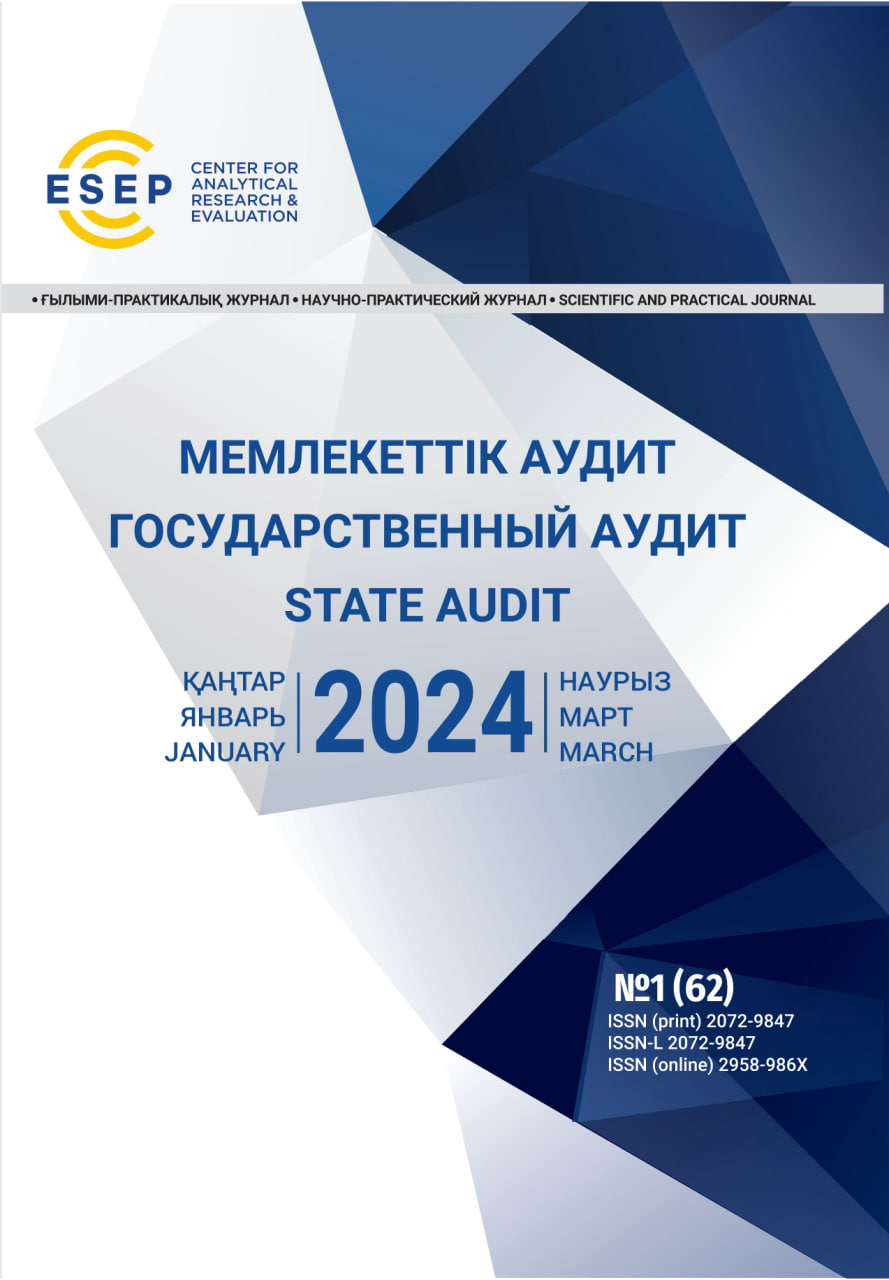Abstract
The article considers the essence of the term «certification» based on the study of modern literature. The relevance of the certification process of students of Kazakhstani universities is shown, taking into account the development of the principles of internationalization, transformation and autonomy in the current conditions characterized by the formation of a competitive environment aimed at meeting the needs of the modern labor market. A number of key imperatives and trends related to the implementation of the certification process are outlined in relevant government documents (concepts, regulations, etc.). The experience of the North Kazakhstan University named after Manash Kozybayev is presented, where а Certification Training Center was opened to teach 1C software products, which will expand employment and career opportunities for graduates of educational programs («Economics» and «Accounting») with digital competencies in the field of accounting, not only in the regional market labor, but also beyond it. Based on experience, the correspondent disciplines are presented. The study and development of them will allow students to pass the qualification exam successfully and receive the certificate «1C: PROFESSIONAL». The article also provides brief statistics on the activities of the center, the number of students who have been trained, successfully passed the qualification exam and received a certificate. In conclusion, it is noted that the certification of graduates is one of the important aspects in the activities of any university, since the presence of a certificate on the profile of the future profession allows a young specialist to adapt more effectively and successfully in the modern labor market.
